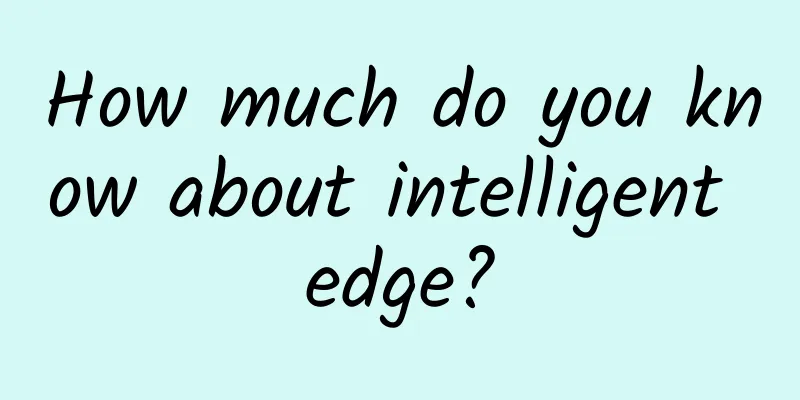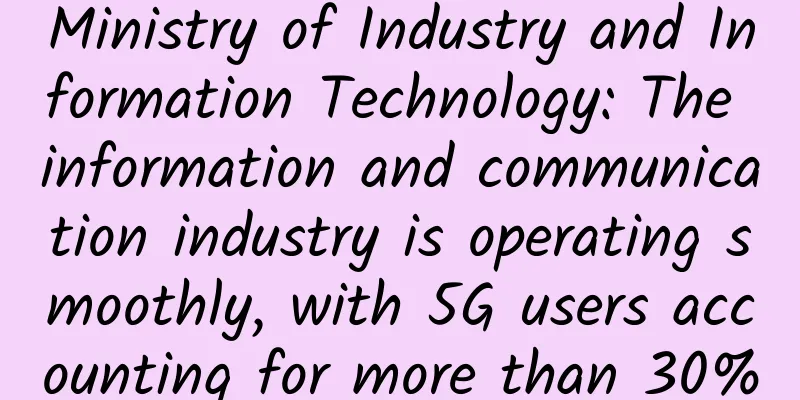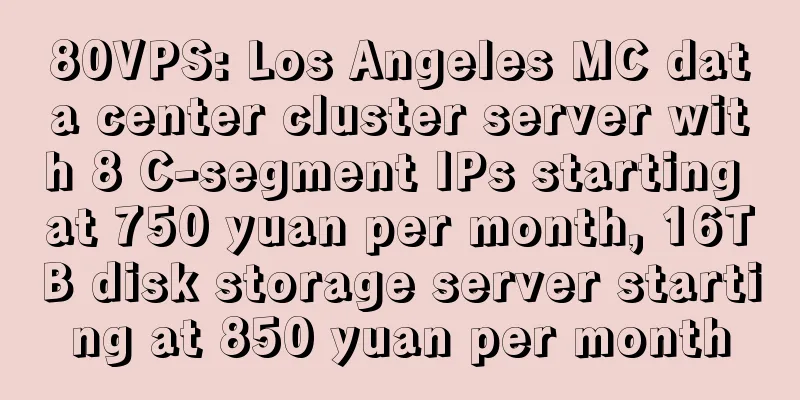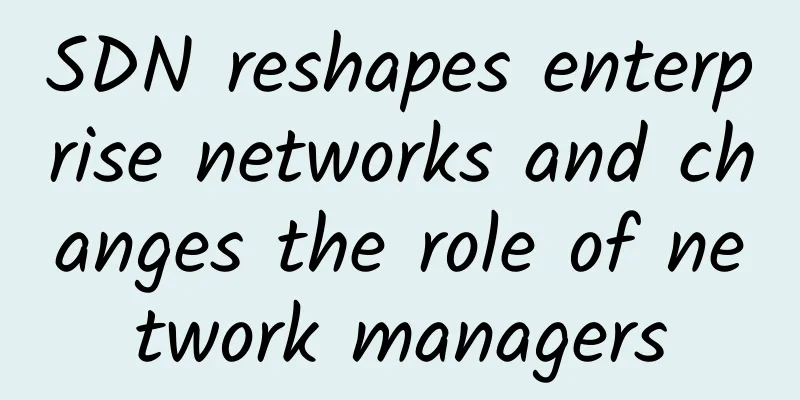How much do you know about intelligent edge?

|
What is the Intelligent Edge? The so-called intelligent edge is much bigger than the internet. On Tuesday, July 27, 1869, naturalist and glaciologist John Muir recorded an interesting observation in his diary: "When we try to isolate anything, we find that it is connected to everything else in the universe." Stop and think about it.
This fact also applies to narrower contexts. For example, technology and solutions are inseparable. Even when technology is associated with something else, it can still be defined as a discrete element. However, buzzwords are often not well defined or discrete. For example, a salesperson told me, “We are developing 5G artificial intelligence.” Next, consider the following techniques:
These are the common technologies associated with the intelligent edge. Each has had its own independent path to where it is today and has its own life cycle, but each is connected to the others, and in fact, to everything in some way.
Interestingly, according to Stephen Fox in his book, Muir had made a similar observation earlier, which seems oddly relevant to fringe technology: “When we try to pick out anything, we find that there are countless invisible and unbreakable ropes in the universe that hold it firmly.” Um…… edge The edge is a distributed physical location where computing resources are moved. Generally, it can refer to devices or infrastructure resources. Over the past 50 years, computing architectures have tended to adopt either a centralized or decentralized approach. In the era of centralized computing, mainframes with text terminals, Unix servers, and thin clients were favored. In the era of decentralized computing, fat clients, personal computers, and Java applets were popular. Today, cloud as a centralized core dominates the computing topology and has had a huge impact on applications, business models, and businesses. However, the field is no longer dominated by centralized cloud computing. As hyperscale clouds become more popular, the edge will also become larger and more influential. However, the edge does not replace centralized cloud computing, but rather complements it. Today, almost all edge computing is done through mobile devices. However, this is about to change dramatically. The edge is developing rapidly. The forecast for the edge market has far exceeded that of cloud computing. For the IoT, which is part of the edge market, the market size is expected to reach US$442 billion to US$1.2 trillion in 2022, an annual year-on-year growth of approximately 29.4%. This market size and growth rate is twice that of the cloud market. In the next decade, edge AI, AI chips, 5G, edge infrastructure, edge computing, new sensors and devices, and edge data management will all be huge and growing markets. Source: https://www.redchipventures.com/intelligent-edge-report-exec-early-access/ However, market forecasts alone cannot capture the essence of edge. The edge will change the way people live and how businesses are conducted. This will not only disrupt markets, but will disrupt human life in unexpected ways. Unlike past technological revolutions—the printing press, electricity, the telephone, the car, the airplane, the optical lens, television, the personal computer, electricity—the edge interacts with and learns from humans. It creates a perpetual feedback loop that changes and influences human behavior. The edge will become ubiquitous, nearly invisible, ever-present, and perhaps inevitably an intelligent user experience. That much is clear. What anyone doesn’t know is who that user experience will be, or how complex it will become. So, for me, “edge” is a misnomer. It applies only to centralized computing systems like cloud computing or enterprise data centers. Yet the edge is everywhere. It is where the entire physical world meets the digital world. The edge landscape includes homes, bodies, farms, transportation systems, clothing, stores, factories, cities, parks, buildings, hospitals, sports facilities, outside spaces, and an infinite number of other spaces, people and things, living and non-living. Soon, the edge will be the center of human life. Intelligent Edge
Source: Pexels The intelligent edge combines the advancements of edge computing with emerging complementary technologies—AI, machine learning algorithms, smart devices, edge data centers, and networks—to deliver value at the point of interaction. The intelligent edge is a set of technologies across the technology stack that move artificial intelligence and other forms of interactive computing to physical locations. Intelligent edge solutions have many key advantages over traditional cloud solutions, including:
Together, these features will help make the intelligent edge a transformative technology. The life cycle diagram below illustrates the evolution of some edge technologies. Note that each technology is at a different stage of maturity and adoption level, and evolves at a different pace during its life cycle. It is not necessary to understand what each technology in the chart is. The purpose of this chart is to show that any specific intelligent edge solution sits within its own evolving technology ecosystem that is at different stages of maturity. Planning any initiative requires anticipating the trends and speed of edge technology development. The intelligent edge is therefore not a thing but a set of changing and evolving technological processes that are bringing computing into every aspect of human daily life. It is not yet time for computers and artificial intelligence to interact freely with humans in all aspects of life. We live in a pre-edge world where most computer input was done by tapping our fingers against screens and motherboards. This form of interaction will become more or less invisible sooner than you think. Future generations will notice the lack of evidence of fringe technology from this era, just as humans noticed the absence of horse-drawn carriages in cities in the 1890s and vacuum-tube radios in homes in the 1830s. But the changes brought about by the fringe will be more striking. Intelligent edge applications will directly transform transportation, modern homes, financial instruments, restaurants, exchanges, currency, education, architecture, urban design, healthcare, food supply, social interactions, and many other things.
Source: talgon But it’s the second-order effects that matter most. These are the effects that lead to unexpected consequences. Even fairly linear technologies have helped create the world’s largest companies. It is easy to predict the number of Volkswagen cars that will be sold, but it is difficult to predict the number of products that will be sold at Wal-Mart." - Carl Sagan How do you think the intelligent edge will change the world? |
<<: As the wave of 5G security approaches, how can we play the 5G security card well?
>>: Video websites in Europe reduce bitrates to ease the burden on broadband operators
Recommend
DiyVM: 499 yuan/month Hong Kong Shatin server, L5630*2/16G memory/120G SSD hard disk/5M CN2 line
DiyVM is a Chinese hosting company founded in 200...
A roundup of the top 10 data center news stories of 2018
The public cloud has not killed the data center, ...
The ultimate secret to speeding up WiFi is here!
[[434247]] Reasonable configuration of channel wi...
ICMP/ARP protocol analysis and ARP spoofing
ICMP ICMP (Internet Control Message Protocol) is ...
DeployNode: $3.49/month KVM-1GB/15G NVMe/2TB/Los Angeles & New York
DeployNode is a foreign hosting company founded i...
HostKvm is now 30% off in Korea, dual core/4G memory/40G hard disk/1.2T traffic/monthly payment of $7.35
HostKvm is a Chinese VPS service provider founded...
6 ways 5G will change IoT solutions
The implementation of 5G will facilitate the deve...
How 5G will impact data centers and how to prepare
New 5G networks are increasing connectivity betwe...
Dynamic security technology is included in the Ministry of Industry and Information Technology's network security demonstration project and will be promoted nationwide
On March 16, the "Network Security Pilot Dem...
The epidemic exposed the network weaknesses. Will you upgrade? Upgrade? Or upgrade?
Without any warning, the COVID-19 pandemic forced...
The love-hate relationship between video surveillance networks and IPv6
Among the three major layers of the Internet of T...
DMIT: Hong Kong CN2 GIA line $298.8/year-2GB/40G SSD/500GB@300Mbps/optional quarterly payment
DMIT.io is a foreign hosting company founded in 2...
IPv6 series - 10 common problems for beginners
Based on the problems encountered by myself and m...
A funny story about three handshakes and four waves: How to seize the opportunity when you meet a girl you like?
I have a friend, Xiao Long, who confided in me: H...
MiWi protocol, a network protocol suitable for small IoT
There are many ways to achieve short-distance com...









